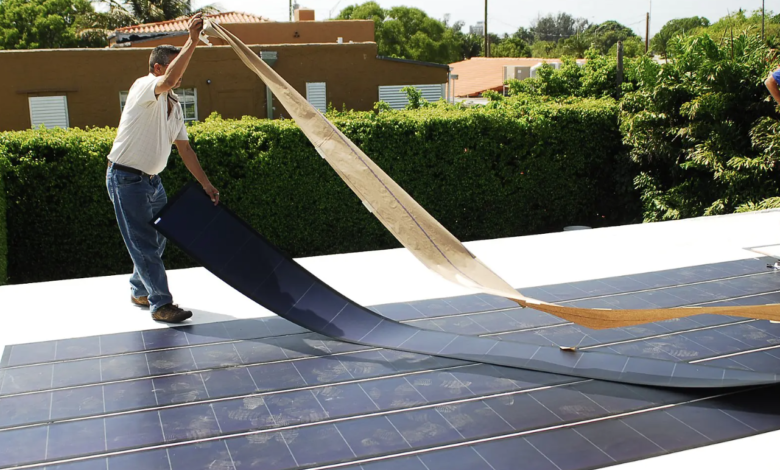From Sweden the ecological and delicate recycling of solar cells in CIGS

The recycling of solar cells in CIGS “lowers the temperature”
(sustainabilityenvironment.com) – Using a new approach you can efficiently recover the precious metals of solar cells in CIGS. This is demonstrated by new research from Chalmers University of Technology, Sweden. Here scientists have tested a process of recycling of solar cells more environmentally friendly than current solutions and able to give an important hand to the sector sustainability.
Thin film solar panels, recycling is more complex
Today we know that the life of solar panels does not end with the end of the plant. Modules and cells can be recycled and modern techniques allow to recover more than 90% of the materials. The value, however, refers to the classical silicon technology; things get complicated instead when the waste to be treated comes from thin film photovoltaic. Due to its special structure, this segment requires different processes and systems.
Read also The first organic solar cell “recycled”
This is exactly where Chalmers’ research lies. Here a group of scientists focused on the recycling of solar cells in CIGS (Copper Indium Gallium Selenide), one of the three large commercial sub-categories of thin film photovoltaics. These devices consist of a layer of several metals, including indium and silver, and it is essential that recycling fires these metals from other substances. “It is essential to remove any contamination in recycling, so that the material becomes as clean as possible,” explains Ioanna Teknetzi, researcher at the Department of Chemistry and Chemical Engineering. “Until now, high temperatures and a large amount of chemicals had been used to be successful in an expensive and environmentally unfriendly process”.
Selective leaching and more “gentle” conditions for solar cells in CIGS
The work carried out by Teknetzi and colleagues Burcak Ebin and Stellan Holgersson has found a more environmentally friendly way to deliver the same end result. In detail, the team investigated the possibility of using selective leaching and acids at lower concentrations, maintaining room temperature throughout the process.
“We still use chemicals, but they’re nowhere near as good as previous leaching methods,” Teknetzi added. Researchers have shown that in this way it is possible to recover 100% of silver and about 85% of indium from solar cells in CIGS. “It takes a day, which is slightly more than the time taken by traditional methods, but with our process recycling becomes cheaper and better for the environment,” says Ebin. The study was published in Solar Energy Materials and Solar Cells.





